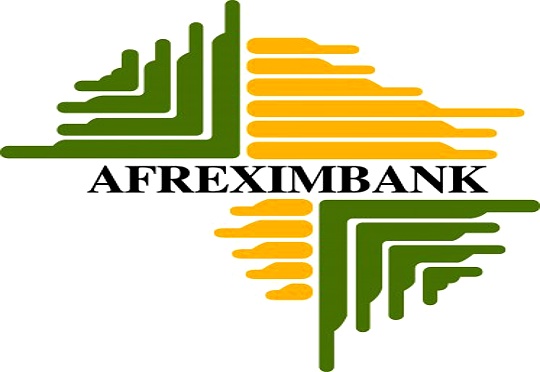The African Export-Import Bank (Afreximbank) has called for the establishment of a resilient, African-led financial ecosystem anchored in local currencies and tailored to the continent’s structural and economic realities. The 2025 Africa Trade and Economic Outlook Report was launched on Wednesday at the 32nd Afreximbank Annual Meetings (AAM2025) in Abuja.
Presenting the report, Afreximbank’s group chief economist, Dr. Yemi Kale, emphasised that building a sovereign financial architecture is critical to bridging Africa’s persistent trade-finance gap, which is estimated at $120 billion annually. According to him, this gap continues to hinder African small and medium enterprises (SMEs) from effectively participating in regional value chains under the African Continental Free Trade Area (AfCFTA).
“Africa must strengthen its trade and financial institutions by addressing structural constraints and systemic inefficiencies,” Dr. Kale said. “To support sustainable intra-African trade and shield the continent from external shocks, we need to develop alternative financing structures tailored to our unique market conditions and prioritise the use of local currencies.”
Themed “Africa’s Resilience in a Changing World Order,” the 2025 report highlights the growing urgency for Africa to recalibrate its financial systems amid global economic fragmentation, trade protectionism, and rising geopolitical tensions.
The report forecasts a 4% GDP growth for Africa in 2025 — outpacing the projected global average and with 41% of African countries expected to register higher-than-average economic performance.
Dr. Kale said the positive growth outlook reflects Africa’s ongoing economic transformation and increased adoption of regional solutions to long-standing developmental challenges. But to sustain this momentum, he stressed the importance of developing local currency financing institutions, expanding digital financial infrastructure, and strengthening intra-continental settlement platforms.
One of the key recommendations of the report is the widespread adoption of the Pan-African Payment and Settlement System (PAPSS), an Afreximbank initiative that enables cross-border trade settlements in local currencies.
So far, more than a dozen African central banks have joined the platform, which significantly reduces reliance on the US dollar and euro while lowering transaction costs.
“By promoting local currency trade settlements, platforms like PAPSS can help Africa mitigate foreign exchange volatility and facilitate deeper regional integration,” Dr. Kale noted.
The report also urges deeper AfCFTA implementation to enhance trade facilitation and create a more unified continental market. It warns that without deliberate efforts to build a robust indigenous financial system, Africa’s economic ambitions could be undermined by its exposure to external financial disruptions and currency vulnerabilities.
Furthermore, the report calls for urgent reforms to the global financial architecture, which it argues remains inequitable and out of alignment with Africa’s priorities. Dr. Kale cited the growing role of the Alliance of African Multilateral Financial Institutions (AAMFI) — including Afreximbank — in scaling up counter-cyclical lending and mobilizing capital for Africa’s industrial transformation.
“In 2024 alone, Afreximbank disbursed $17.5 billion, with plans to double intra-African trade finance by 2026,” he disclosed. “These efforts are gradually but promisingly reshaping Africa’s financial architecture to better reflect the continent’s emerging economic realities.”
The report advocates a comprehensive set of reforms aimed at closing finance gaps, boosting trade competitiveness, and enhancing Africa’s strategic autonomy in a shifting global landscape. Among the proposed strategies are: Establishing African-led financial institutions with stronger capital bases; scaling up innovative financing tools, including digital and blended finance; and promoting corresponding local currency settlements to reduce external dependencies.
With its forward-looking projections and clear policy prescriptions, the 2025 Africa Trade and Economic Outlook Report provides a blueprint for building the resilient financial infrastructure needed to drive Africa’s next phase of growth.





